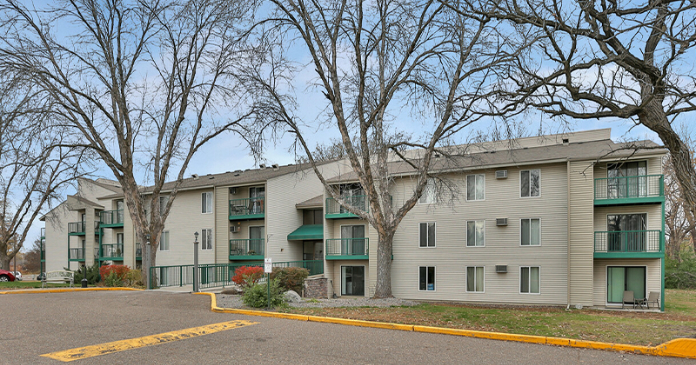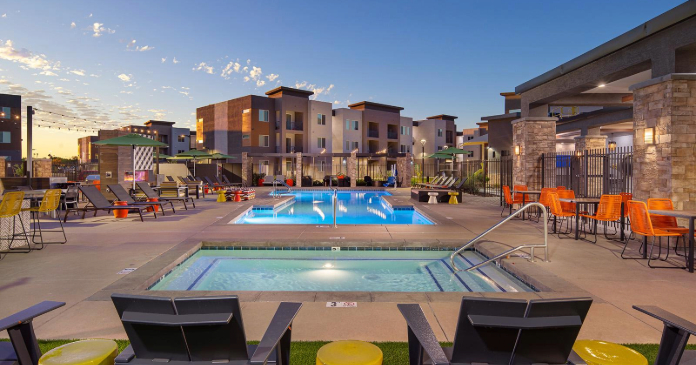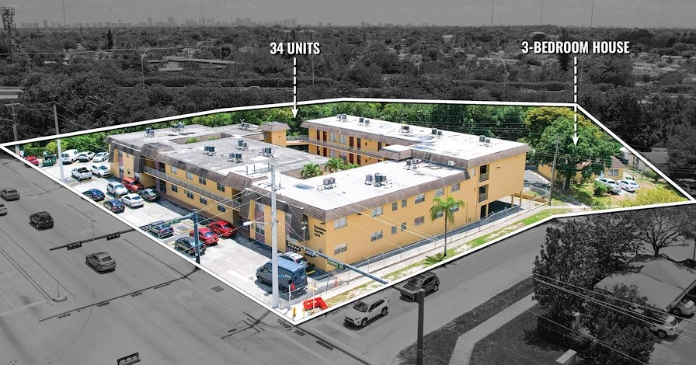After witnessing an odd commotion at her neighbor’s home, a resident in a southwest apartment community promptly dialed 911. From the witness’ description and a subsequent police check, the FBI and ATF were called in and stormed the premises taking the resident into
custody.
As it turns out, the resident had multiple convictions for drug dealing. The fact that the apartment management did not conduct criminal screening when the resident applied for the apartment resulted in more than simply an abrupt eviction. Subsequent to the arrest, seven residents filed move out notices, and a suit for endangerment against the landlord was settled out of court.
What are the odds of a criminal applying to rent at your community? Here are statistics from the U.S. Department of Justice:
Over 4.9 million adult men and women were on federal, state, or local probation or parole; approximately 4,151,100 on probation and 765,400 on parole.
Of offenders on probation, half had been convicted for committing a misdemeanor, 49% for a felony, and 1% for other infractions. Seventy-four percent of probationers were being actively supervised; 9% were inactive cases and 9% had absconded.
Nearly all of the offenders on parole (95%) had been sentenced to incarceration of more than a year.
Women made up about 23% of the nation’s probationers and 12% of the parolees.
Approximately 56% of the adults on probation were white, 30% were black and 12% were Hispanic. Forty percent of parolees were white,
41% black, and 18% were Hispanic.
Crime at apartment communities brings unfavorable publicity, legal liability, resident turnover, difficulty attracting qualified new residents, and over time, results in a overall deterioration of resident base; that is more crime, higher financial delinquencies, a break down in community cohesiveness with significant impact to the physical community and much more.
Criminal screening is one tool multifamily communities use to deter high-risk individuals from moving in, thus hedging the financial impact associated with criminal activity on a property.
With a $1 billion portfolio, Crosland is one of the Southeast’s leading diversified real estate companies. In its effort to uphold the founding family’s commitment to affordable housing, community-oriented development and responsible stewardship, Crosland uses criminal screening technology in its application process.
“Criminal screening helps our multifamily housing communities avoid accepting criminals who are declined by other communities,” says
Mindy McCorkle, Crosland operations manager. “The communities in our diversified portfolio range from A through D, and include affordable properties. Criminal screening is essential throughout the mix.”
Criminal screening technology
Criminal screening can decrease a community’s liability due to crime, but if implemented improperly, it can also negatively expose a
property to Fair Housing compliance while consuming staff time.
A common screening method for apartment management is to receive online criminal reports that evaluate applicants case-by-case. Yet,
this can be problematic as state and county criminal reports vary in code classification and format, and criminal codes are often difficult to decipher. Simply differentiating a fishing license violation from a felony may take legal training beyond that of the best property management professional.
To make matters worse, such confusion can negatively impact occupancy levels. An example: In some states, a Driving Under the Influence
(DUI) violation is a misdemeanor while other states deem it a felony. Pair this with a management policy that declines applicants with a felony, but doesn’t consider a DUI grounds for the denial of a rental application and the result is the decline of qualified applicant, even though the applicant met the owner’s criteria. Add the further complication of a portfolio that spans multiple states, and an owner’s criminal screening becomes even more precarious.
Deciphering codes and clearing confusion is time consuming, while still not assuring consistent execution of community policy.
The latest technology automates criminal screening, and renders a third party decision delivered directly to leasing personnel via the
Internet. The technology saves owners and managers time by interpreting criminal codes and delivering a clear and concise accept or decline.
This is not to say that owners lose control of the approval process. The property’s management predetermines the criminal search criteria
to be conducted, as well as its policy for accepting or declining applicants in the system’s advance set up.
Crosland management uses the First Advantage SafeRent product. Says Mindy McCorkle, “Our site managers spent 20 to 30 minutes screening
every applicant before we implemented CrimSAFE. When a regional manager needed to be consulted, a screening might have taken as long as an hour and a half. Most applicants left, but some waited for the decision. This was stressful for our site managers.” She adds, “Now the team gets an instant decision.”
Reviewing an application manually has long been unnerving for site personnel. After all, few want to be the one who delivers a decline
to an applicant who’s record shows a violent felony. If that weren’t bad enough, the leasing consultant is then on the hot seat to explain
why he was declined.
Automating the process clears this scenario off the table with a simple accept/decline result. The criminal background information is altogether withheld from site staff so they can only refer subsequent questions to the agency supplying the data for further inquiry.
Automated criminal screening is also popular for its reporting value. Reports allow management to monitor the number of accept and decline decisions returned on each criminal search. Some products allow the granularity to view a break down of criminal search results by offense type. Such data provides the necessary insight for adjusting a community’s criminal screening criteria; management can determine how the level of accepts and declines are impacting its occupancy levels, and adjust the criteria at will.
Such reporting also monitors communities for consistent policy administration ensuring Fair Housing compliance. “The insight Crosland gains from these reports provide an efficient way to adjust our criminal screening criteria quickly,” states Mindy McCorkle.
What apartment managers must know
Four state agencies maintain criminal data:
Department of Corrections (DOC) supplies data on arrest records, jail, but not prison time. This is the most commonly available statewide data source.
Administrative Office of the Courts (AOC) comes from the courts and includes cases filed. It also lists appearances before judge and jury.
Department of Public Safety (DPS) includes state prison and incarceration records.
Sex Offender Registry includes registered sex offenders.
For a criminal record to be reported, data must be maintained by one of these agencies. All records are not available in every state; search by state to determine what is available.
What size net to cast? Criminal data is maintained on both the county and state level. Generally, statewide data covers a wider geographic area, is faster to access and costs less. County level data is more current, but covers a limited geographic area, takes longer to receive and costs more.
To determine the appropriate level from which to access data, evaluate your community’s needs, jurisdictional limitations, timing requirements, and the level of liability the owner is willing to take.
People commit crimes outside their state of residence. For this reason, a national or regional multi-state criminal search yields the most comprehensive result. This is why it’s important to search databases that span multiple states.
How often is data updated? Most states and counties provide updates on a monthly basis and some, quarterly or weekly. Before selecting a supplier, find out how frequently updates are made. Look for a method whereby updates are frequent and well communicated, as well as inclusive of new databases as they become available.
Mistaken identity. Properly reconciling the identification of a prospective renter against a criminal record is critical. Perform benchmark tests among criminal data suppliers and compare the results to test for accuracy.
The latest technology saves time and angst. Technology that automates the evaluation of criminal records and delivers a screening decision saves time by eliminating case-by-case analysis and review. Look for criminal screening technology that clearly identifies criminal activity and filters out unnecessary and uncategorized information.
Criminal screening allows managers to monitor and enforce rental decisions consistently, ensuring an even-handed execution of
community policy.
Automating criminal screening provides both short and long-term ROI, and is critical to the overall health and operation of a community. A good reporting component gives managers a comprehensive perspective on the financial consequences of their screening policy.
Integration and customer support. Integrating criminal screening technology with other resident screening and property management software gives a community uniformity in its operation. With an integrated system, applicant information is entered once. On-site staff access a single, centralized database for applicant and resident information.
Tech support is important, but in the case of criminal screening, connecting with experienced professionals is critical. Declined applicants should always be referred to the agency who supplied the criminal background information.
Incorporating criminal background screening in the application process is an important safeguard for property, residents and staff. Consulting legal counsel is advised when setting up screening criteria. Software technology can make the process effective and Fair Housing compliant with minimal expense and overhead.















